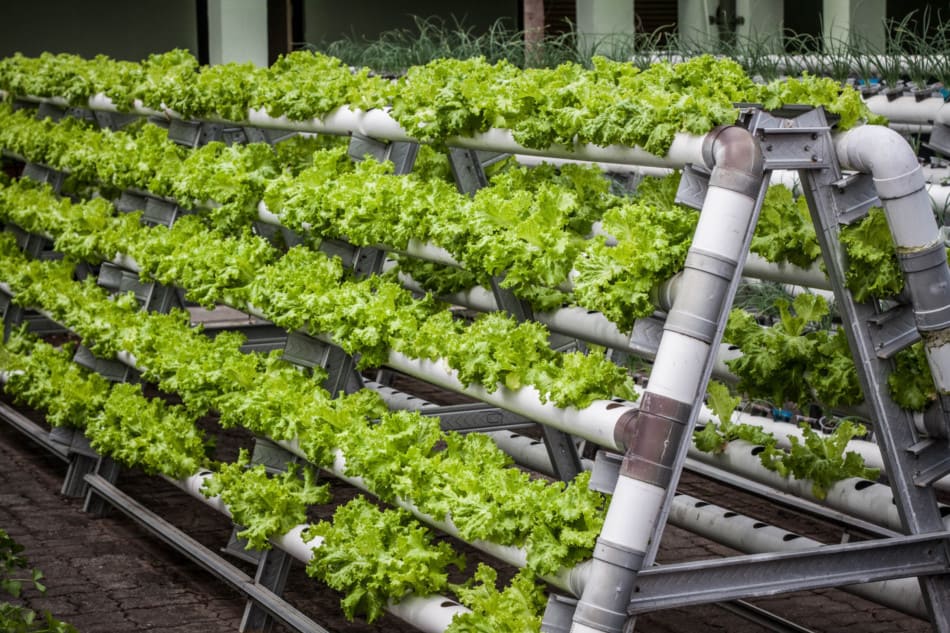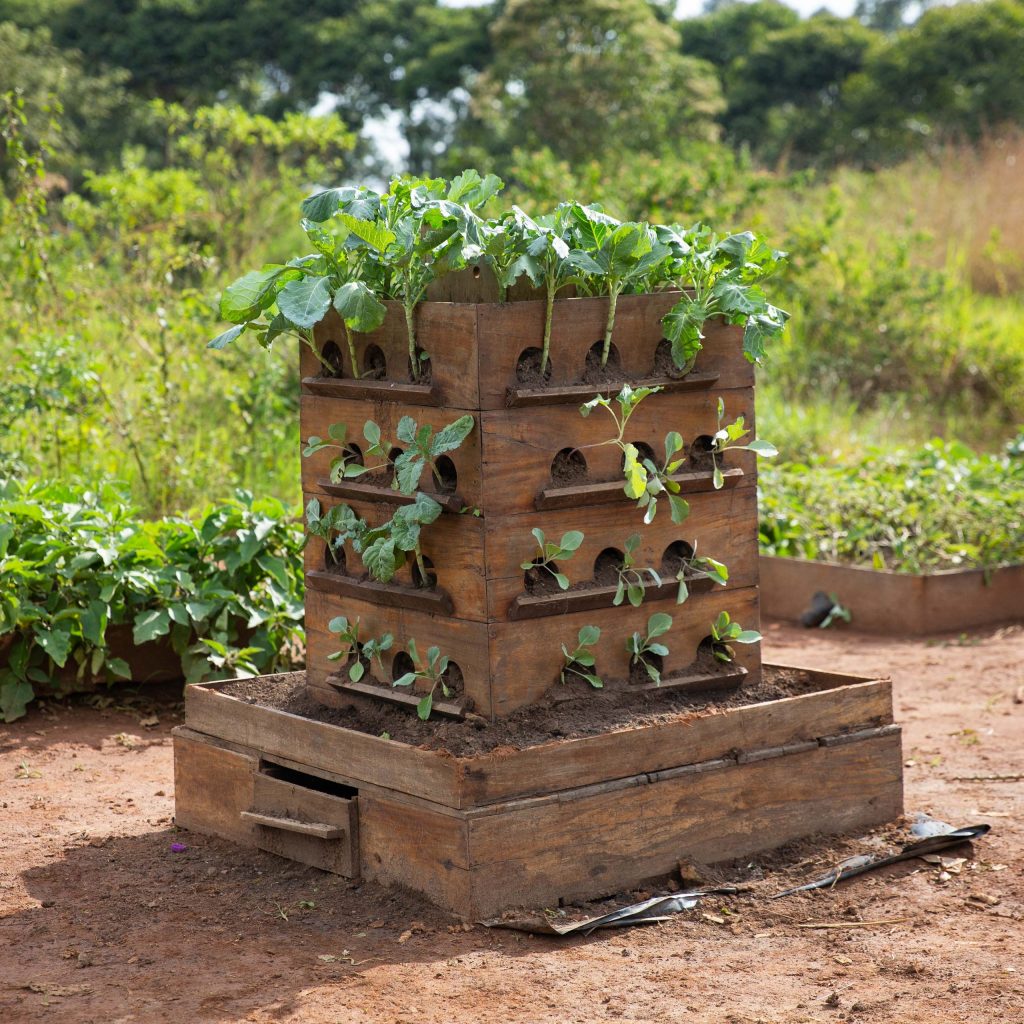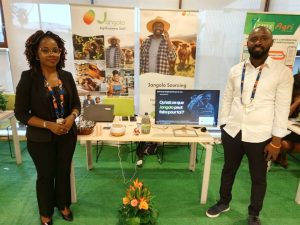Vertical Farming and Urban Agriculture: Growing Crops in the City
As the world’s population continues to grow and urbanization becomes more prevalent, there is an increasing need for innovative solutions to feed people in urban areas. One such solution is vertical farming, a technique that involves growing crops in vertically stacked layers using hydroponics, aeroponics, or other soilless methods. Vertical farming allows crops to be grown year-round in urban environments, using less water and space than traditional farming methods.

Above is an example of how to do vertical farming on a small area . the form can also change depending on the space available weither we want to exploit the height or width .
Vertical farming also has the potential to increase food security in urban areas. By growing crops locally, vertical farms can reduce the dependence on long-distance transportation and minimize the risk of supply chain disruptions. In addition, vertical farming can provide fresh produce year-round, which is especially important in areas with limited growing seasons.
One of the main advantages of vertical farming is its efficiency. By stacking crops vertically, vertical farms can produce much higher yields per square foot than traditional farms. In addition, vertical farming allows farmers to control growing conditions more precisely, including light, temperature, and humidity, which can lead to faster growth and higher crop quality.
Another benefit of vertical farming is its sustainability. Because crops are grown in a controlled environment, there is less need for pesticides and herbicides, and water usage can be reduced by up to 70% compared to traditional farming methods. Additionally, vertical farming can help reduce the carbon footprint of agriculture by minimizing the need for transportation and storage of crops.

While vertical farming has many potential benefits, there are also some challenges that need to be addressed. One of the biggest challenges is the high startup costs associated with building and operating a vertical farm. However, as technology continues to improve and demand for locally grown produce increases, the cost of vertical farming is expected to decrease.
Another challenge is the need for skilled labor and technical expertise to manage the complex growing systems used in vertical farming. However, many universities and training programs are now offering courses in vertical farming and urban agriculture, which could help address this challenge in the future.

Despite these challenges, the potential benefits of vertical farming and urban agriculture are significant. With its ability to produce high yields of fresh, healthy produce in urban environments, vertical farming has the potential to revolutionize the way we think about agriculture and food production.










